NASA: Artemis moon program launch schedule intact for now
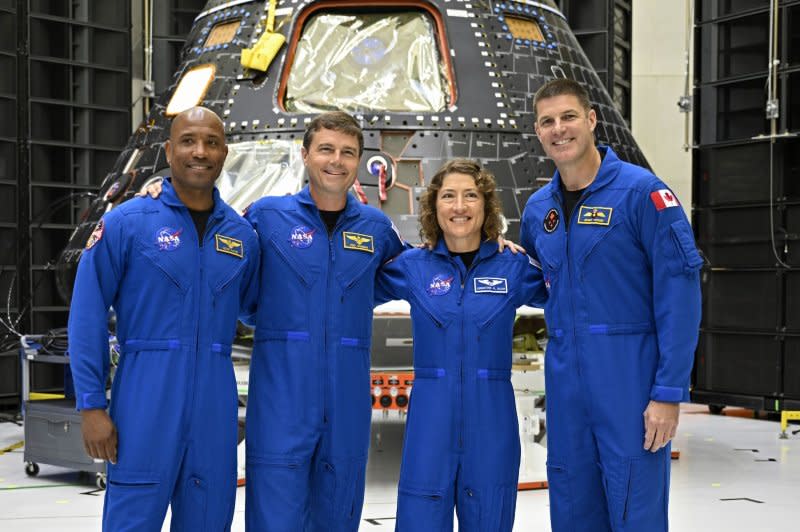
- Oops!Something went wrong.Please try again later.
- Oops!Something went wrong.Please try again later.
- Oops!Something went wrong.Please try again later.
- Oops!Something went wrong.Please try again later.
Aug. 8 (UPI) -- NASA officials said Tuesday that the agency's ambitious Artemis moon mission schedule remains intact as it navigates collaborations with private companies, notably SpaceX, and international interests.
James Free, associate administrator for exploration systems development, shared his concerns about critical tasks that must be completed to make these future space quests a reality during a press conference with the Artemis II crew at the Kennedy Space Center in Florida.
The target for an Artemis II launch, which will head to the moon, is late November 2024, with Artemis III, intended to land astronauts on the moon, scheduled for launch in December 2025.
One of Free's chief concerns, he said, is getting SpaceX's Starship tested and in place for Artemis III. Starship is to land astronauts near the moon's ice-rich south pole.
Free has voiced concern before whether Elon Musk's SpaceX will be able to meet NASA's timeline. He briefly detailed a recent visit with SpaceX engineers to review their progress and launch schedules.
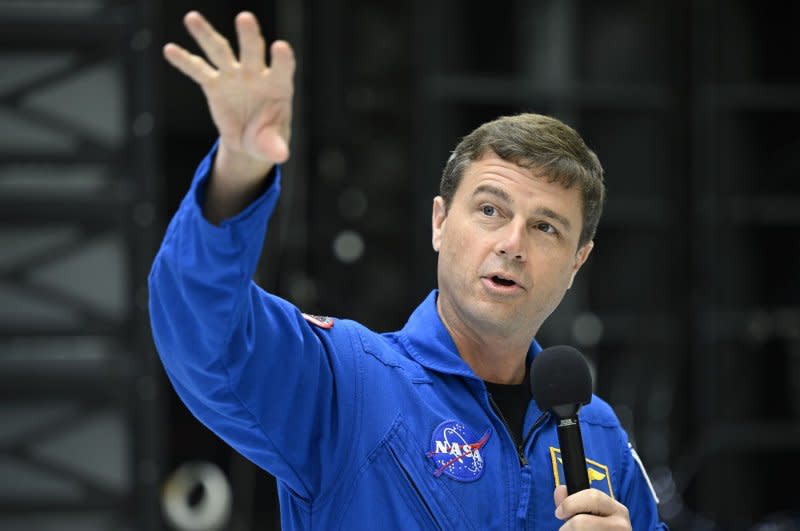
"My concern is the same because they haven't launched," Free said. "The insight from the visit was tremendous. Most importantly our teams had a chance to talk and go through the details. We were able to convey for them the importance of us talking about the whole picture."
Free said NASA would consider launching a different mission in December 2025, if necessary.
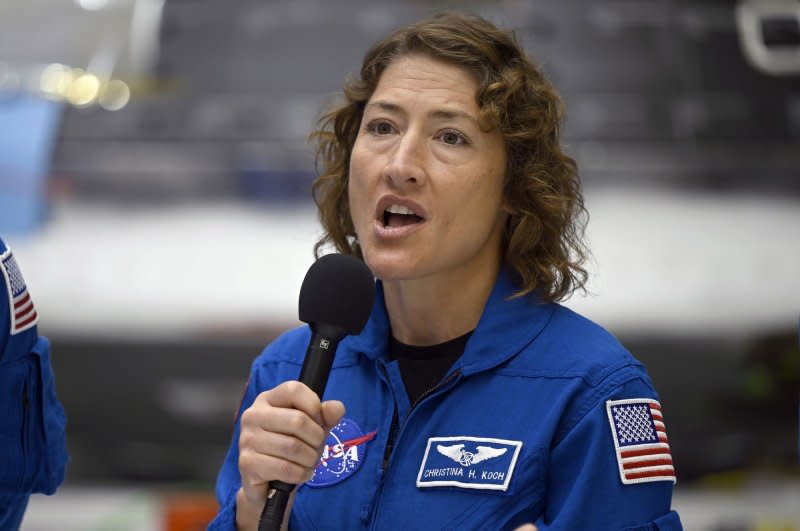
"We're holding all contractors to that December '25 date," he said. "If there are big slips, we've looked at can we do other missions if a possibility exists there."
Excessive charring to the heat shield of the Orion spacecraft during the Artemis I return flight is the biggest "open issue" facing the next mission.
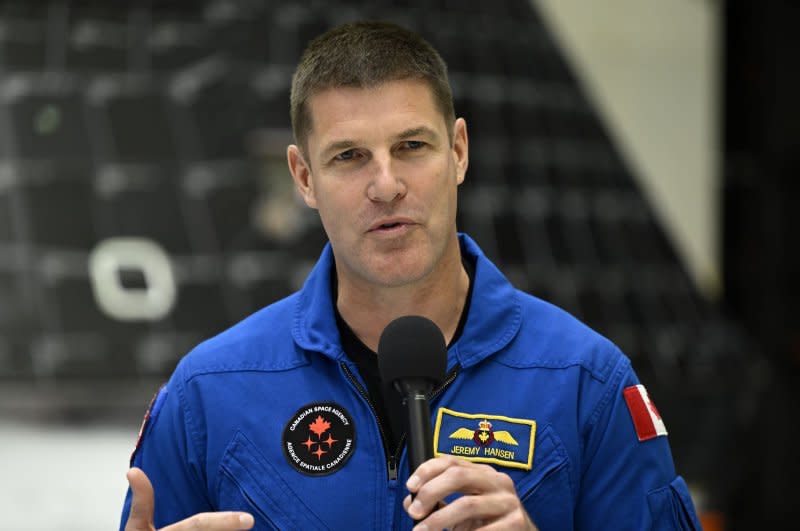
Free said NASA's investigations are closing in on a root cause with several theories about why that. He said he expects a final disposition in April at the latest.
Artemis I faced several delays before launching in November. Hurricane Ian and Hurricane Nicole caused postponements in the weeks leading up to its launch, but operational issues caused scrubs before that.
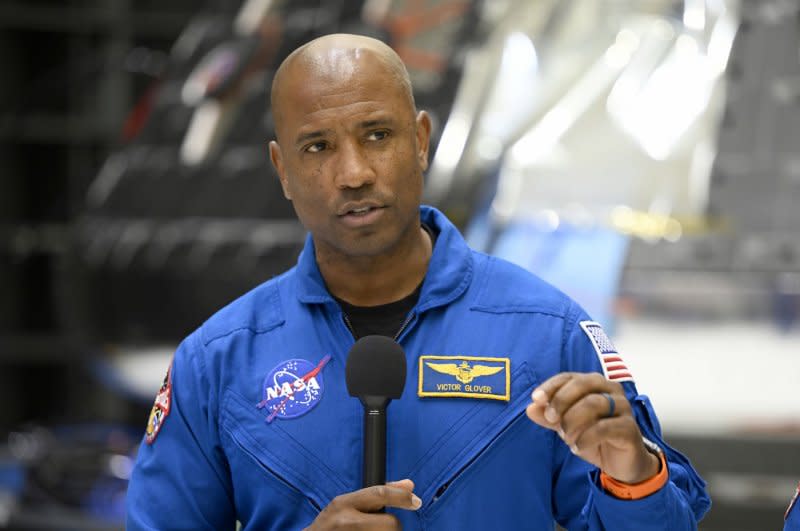
For Artemis II, the four-person crew -- three Americans and a Canadian -- had its first look at the Orion spacecraft -- and its new hardware -- Monday. Training is underway, and a nighttime recovery test was completed recently, NASA said.
Artemis II will test NASA's space launch system and the Orion spacecraft systems in a manned flight to and beyond the moon. The spacecraft is to orbit the Earth twice to gain speed toward the moon and then orbit the moon for a "free-return trajectory" back to Earth.
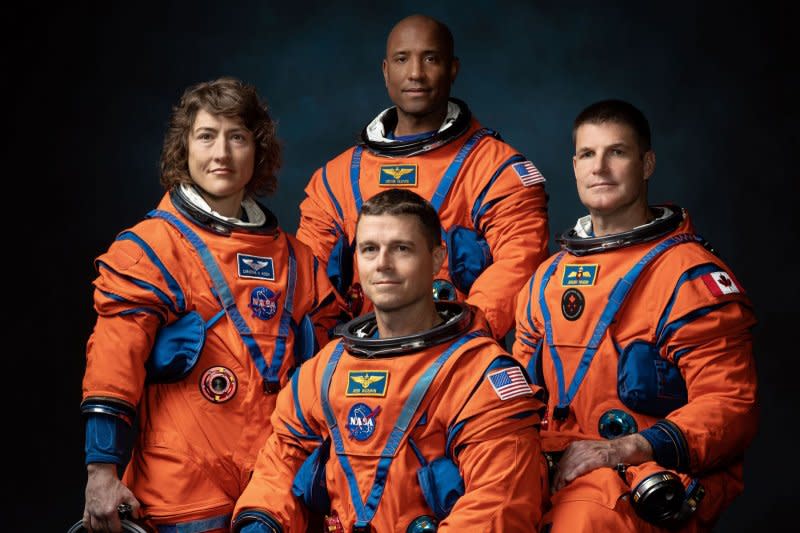
The flight will bring astronauts the farthest from Earth any astronaut has ever been. It is estimated to take 10 days, but the mission could be extended up to three weeks, if necessary, to meet other objectives.
"We're fired up," mission commander Reid Wiseman said. "It was a great day yesterday when you walk around the corner -- and there's your spacecraft that you're going to ride to the moon in."
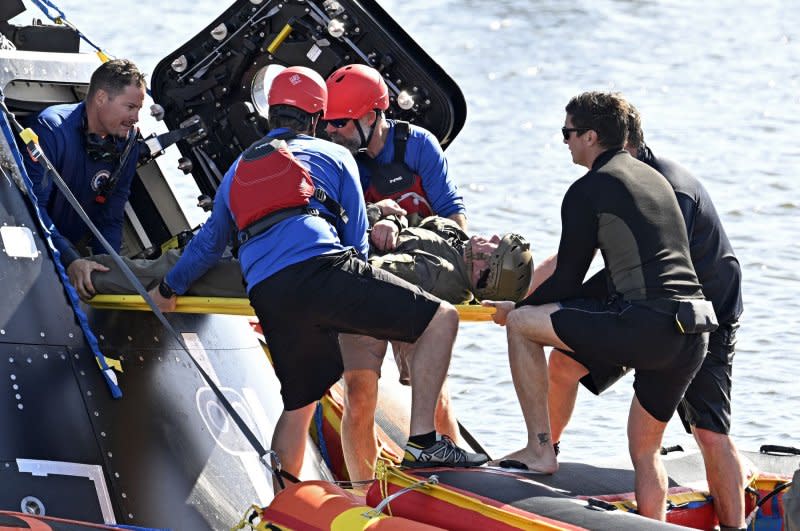
Artemis II is to undergo a thorough system check 90 minutes after launch. If any significant issues are found, the crew will then return to Earth. In fact, Wiseman said the spacecraft will be capable of returning at any time within the first 24 hours of the mission.
"If they don't like it on the ground, we come home," said Wiseman, 47, who was selected as an astronaut in 2009 and formerly headed the Astronaut Office. "I really like the way safety is built into this mission profile. There's really a lot of strong trust in this team."
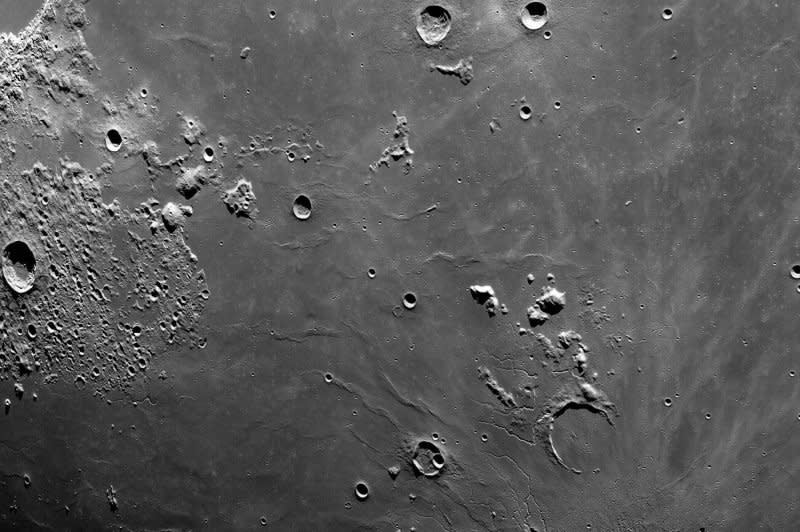
The crew has been making the rounds since April, Wiseman said, meeting with Lockheed Martin engineers in Denver, studying the spacecraft's systems at Johnson Space Center in Houston and training with the U.S. Navy. He was a naval aviator.
Wiseman said he felt a successful mission already is underway as the crew and researchers continue to learn and prepare for an eventual mission to Mars.
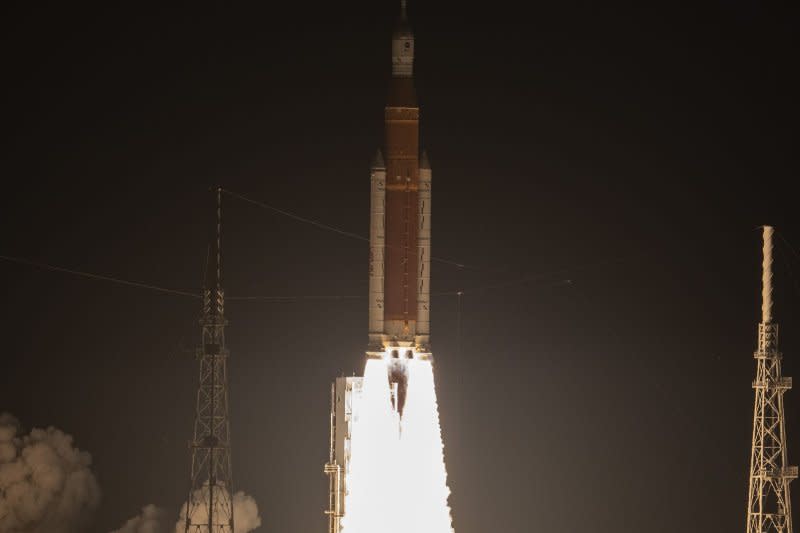
"The success of Artemis II is seeing our colleagues on the lunar surface assembling Gateway. Following in our footsteps and walking on Mars," he said.
Gateway is a lunar base that NASA plans to build on the surface of the moon. The agency will first research the composition of the lunar surface so it can develop a livable and sustainable base.
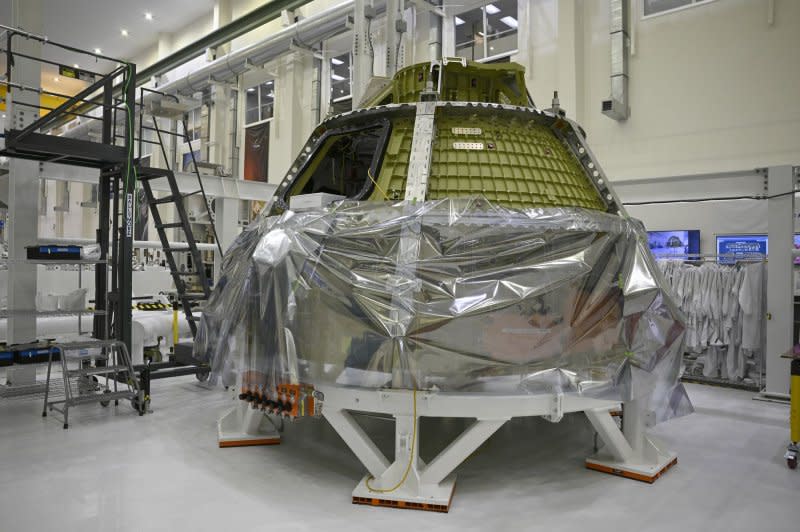
NASA's Artemis III mission will send astronauts to the moon's south pole, which NASA Administrator Bill Nelson called a "different moon" from the one on which Neil Armstrong and Buzz Aldrin landed in 1969.
"The south pole is pockmarked with deep craters and because of the angle of the sun coming in -- most of those craters are in total darkness," Nelson said. "It lessens the amount of area we can land on and utilize."
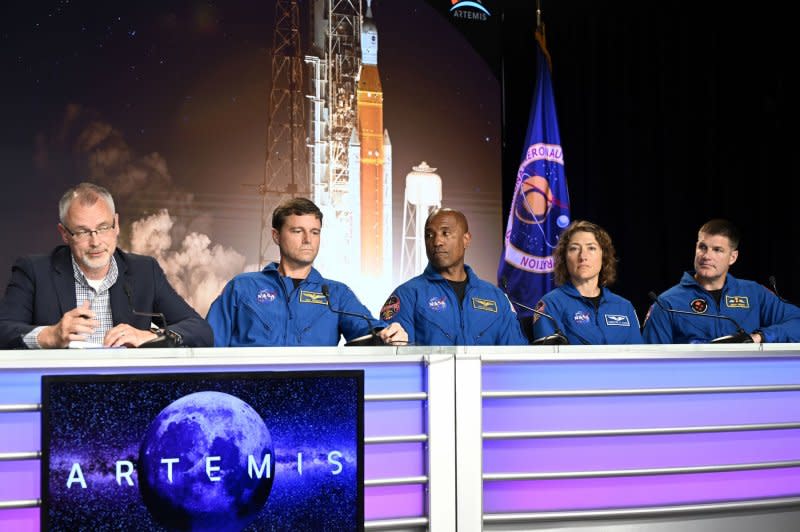
Researchers will investigate the potential presence of water, which would be a valuable resource for further deep space exploration.
Establishing a base on the moon is a significant milestone for NASA and the 28 countries that have signed the Artemis Accords. Nelson said he is concerned that if China wins the modern space race to the moon, it may claim its resources.
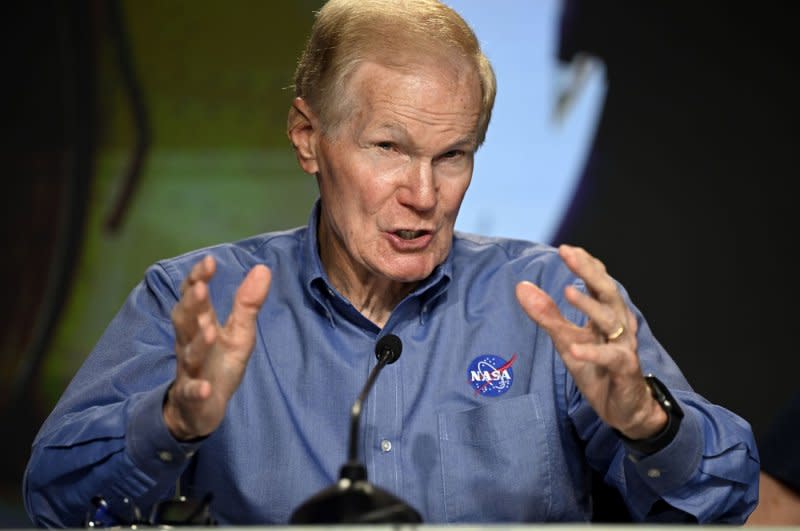
"If we find water in abundance there, that could be utilized for future crews and spacecraft. We want to make sure it is available to all," he said.

